Excavation is set to begin at 300 Nevins Street, the site of a two-building residential project in Gowanus, Brooklyn. Designed by Fogarty Finger and developed by Charney Companies and Tavros Capital, the 600,000-square-foot complex will yield 654 rental units with 25 percent designated as affordable housing, as well as ground-floor retail space and a public waterfront esplanade designed by James Corner Field Operations. Broadway Construction Group is the general contractor for the 2.3-acre full-block property, which is bound by Union Street to the north, Carroll Street to the south, Nevins Street to the east, the Gowanus Canal to the west.
Recent photographs show machinery awaiting the start of work on the sprawling site, which has been cleared of the former one-story warehouse building that was demolished last year. Excavation and foundation work could likely commence in the coming weeks.
The main rendering is oriented looking south and focuses on the two tallest components of 300 Nevins Street. Both rise from multi-story podiums and are largely enclosed in brick, with a distinctive wide fenestration of floor-to-ceiling windows with arched frames. The podiums feature tighter window grids and incorporate sloped edges and curved corners that meet the bottom of their main towers. Both buildings feature landscaped outdoor terraces atop their podiums and upper setbacks that will provide views overlooking the Gowanus Canal. Official measurements have yet to be disclosed, though the rendering shows the structures standing 22 and 17 stories tall, each is a tower on a podium.
Below is an additional rendering of the ground-floor commercial frontage.
300 Nevins Street set the record for the largest residential development deal in New York City in 2021, when Property Markets Group sold the 101,118-square-foot plot to the current developers for $102 million. Brokerage firm TerraCRG successfully closed the transaction by January 2022. The zoning allows for 505,590 square feet of buildable square feet, and the development will include 225 feet of frontage along Carroll and Union Streets, 450 feet along Nevins Street, and 450 feet along the Gowanus Canal. The site is a short walk from the R train at the Union Street station.
300 Nevins Street’s anticipated completion date is slated for the spring of 2026, as noted on site.
Subscribe to YIMBY’s daily e-mail
Follow YIMBYgram for real-time photo updates
Like YIMBY on Facebook
Follow YIMBY’s Twitter for the latest in YIMBYnews

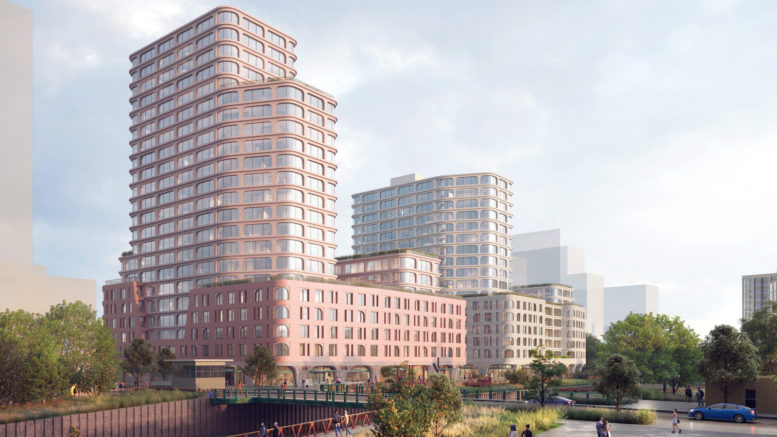
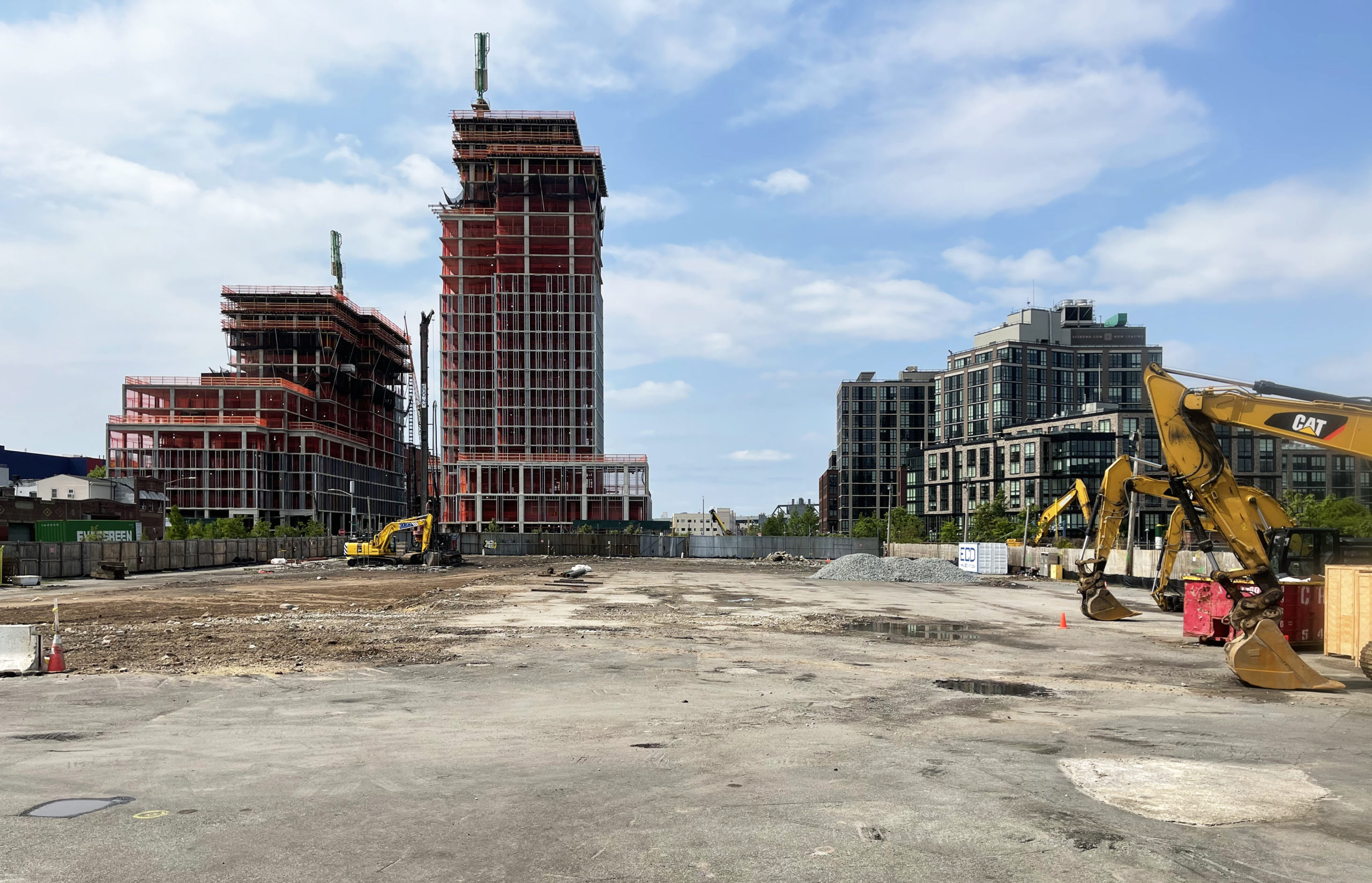
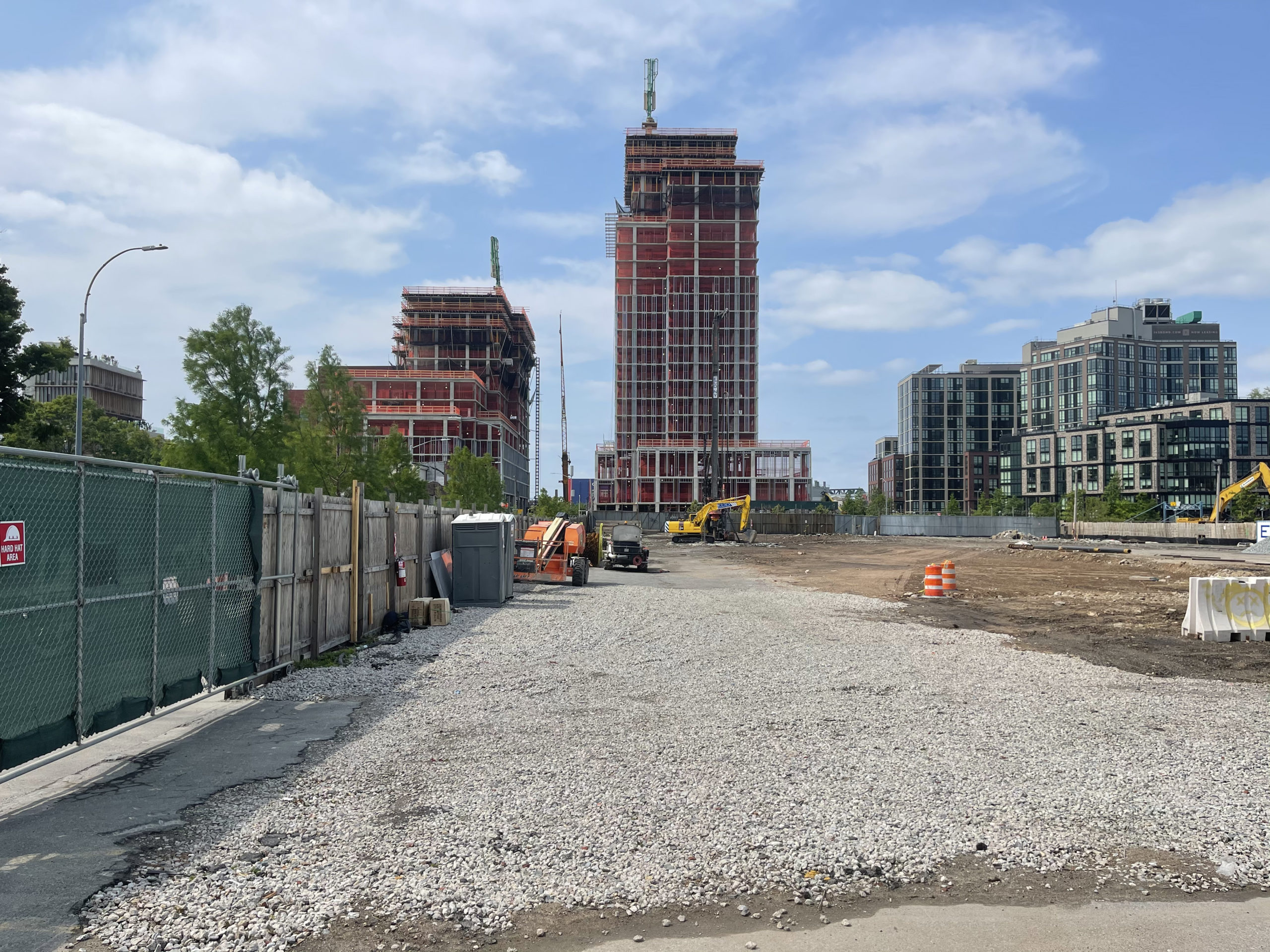
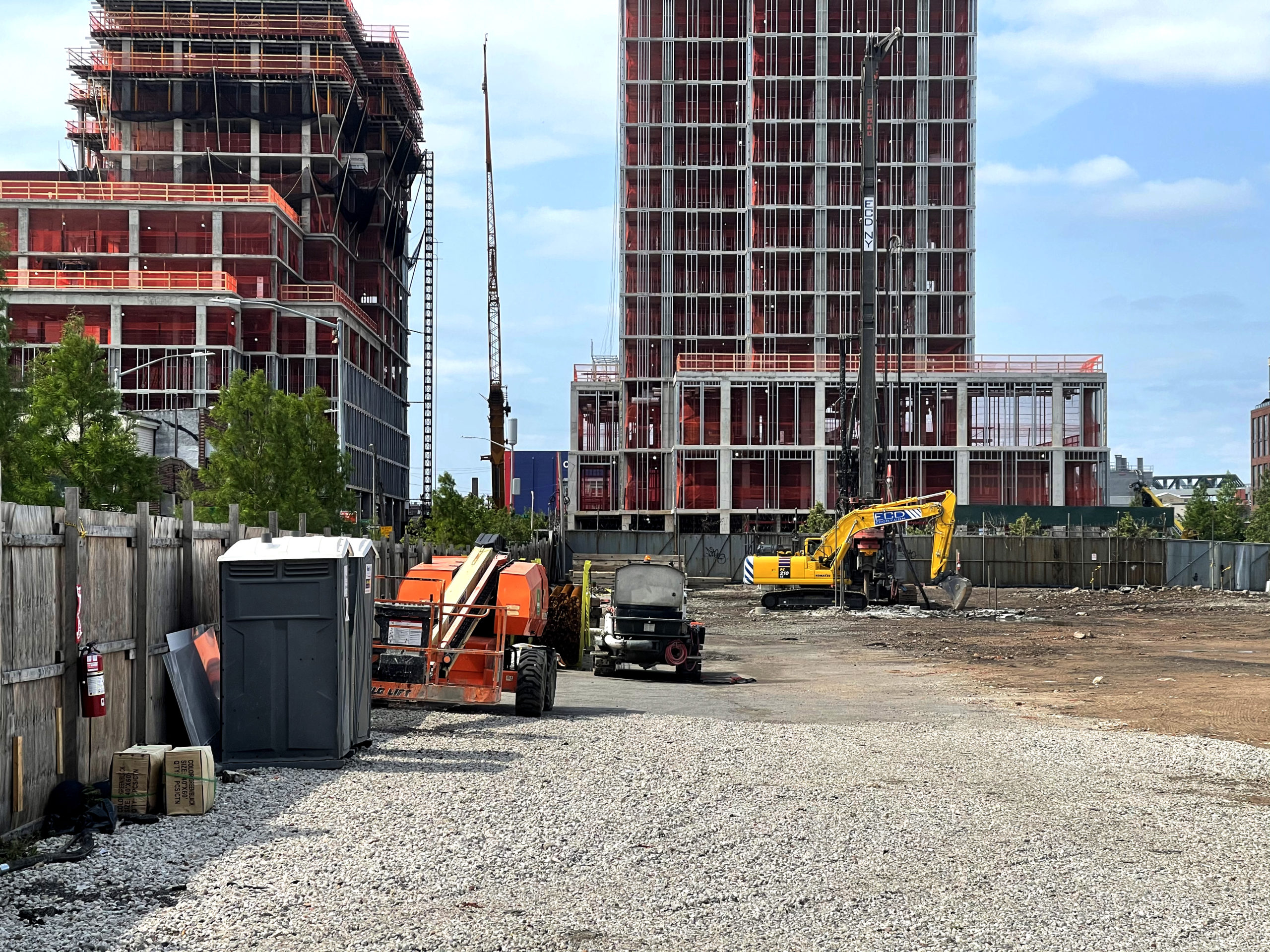
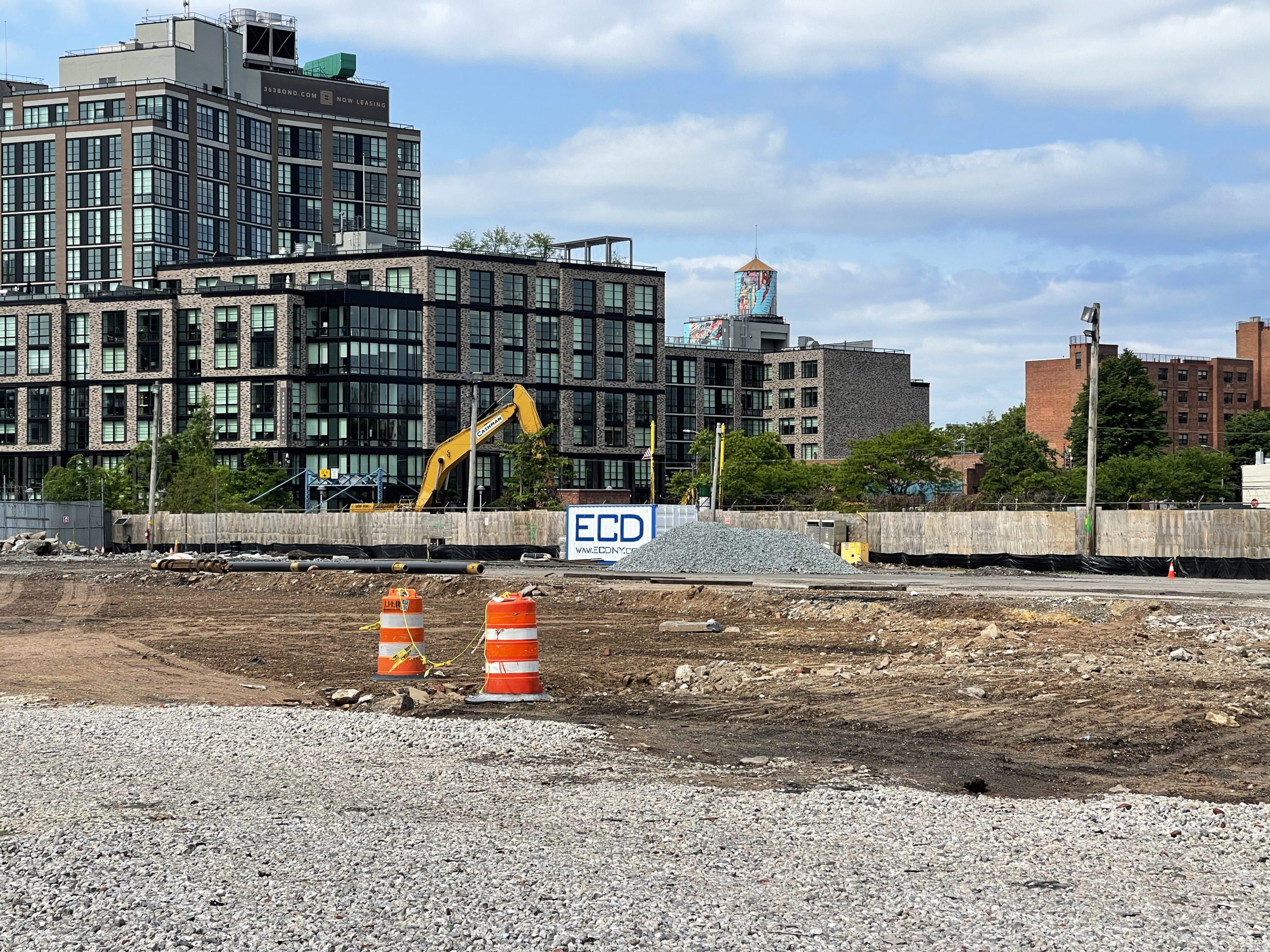
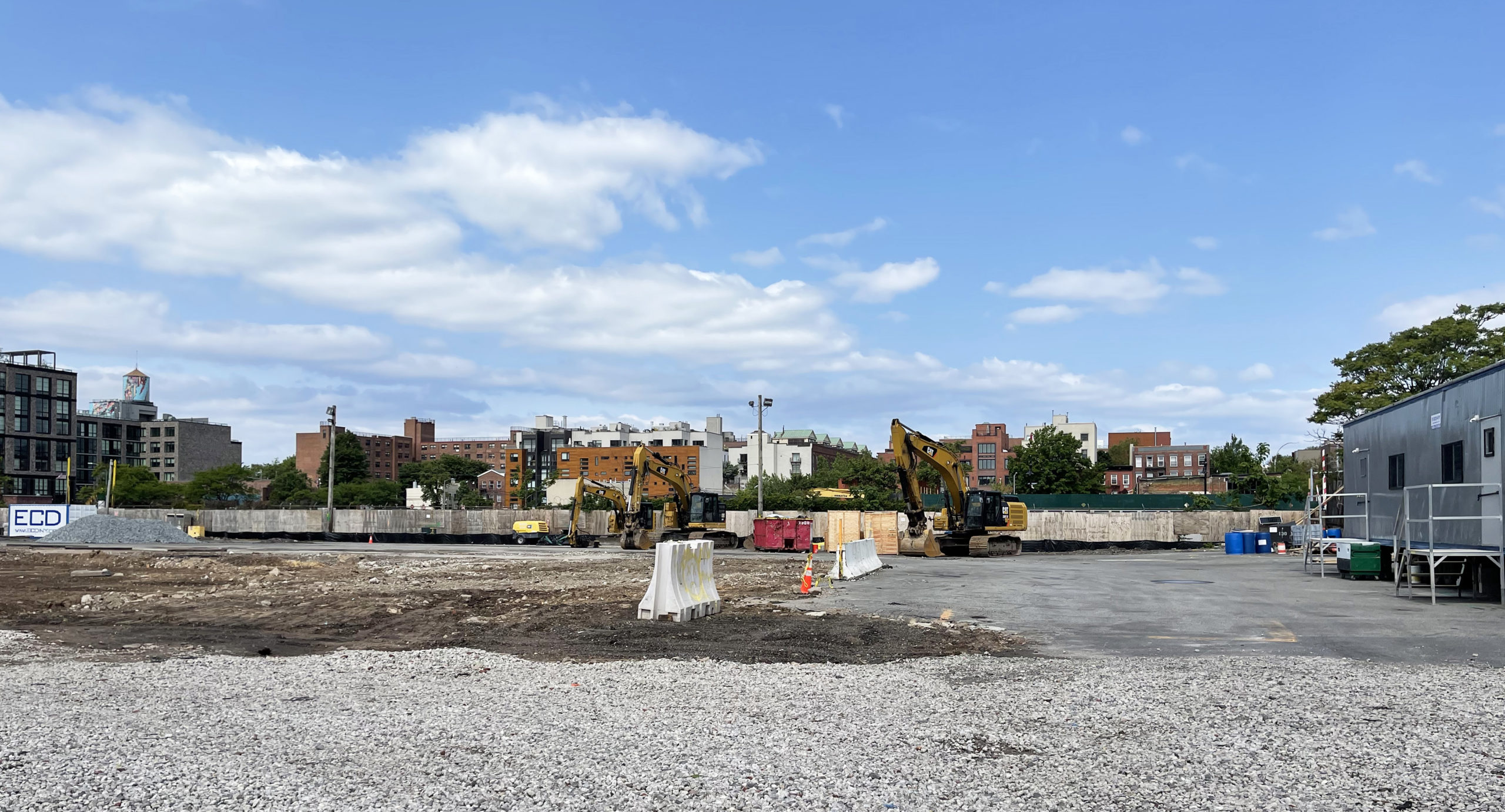
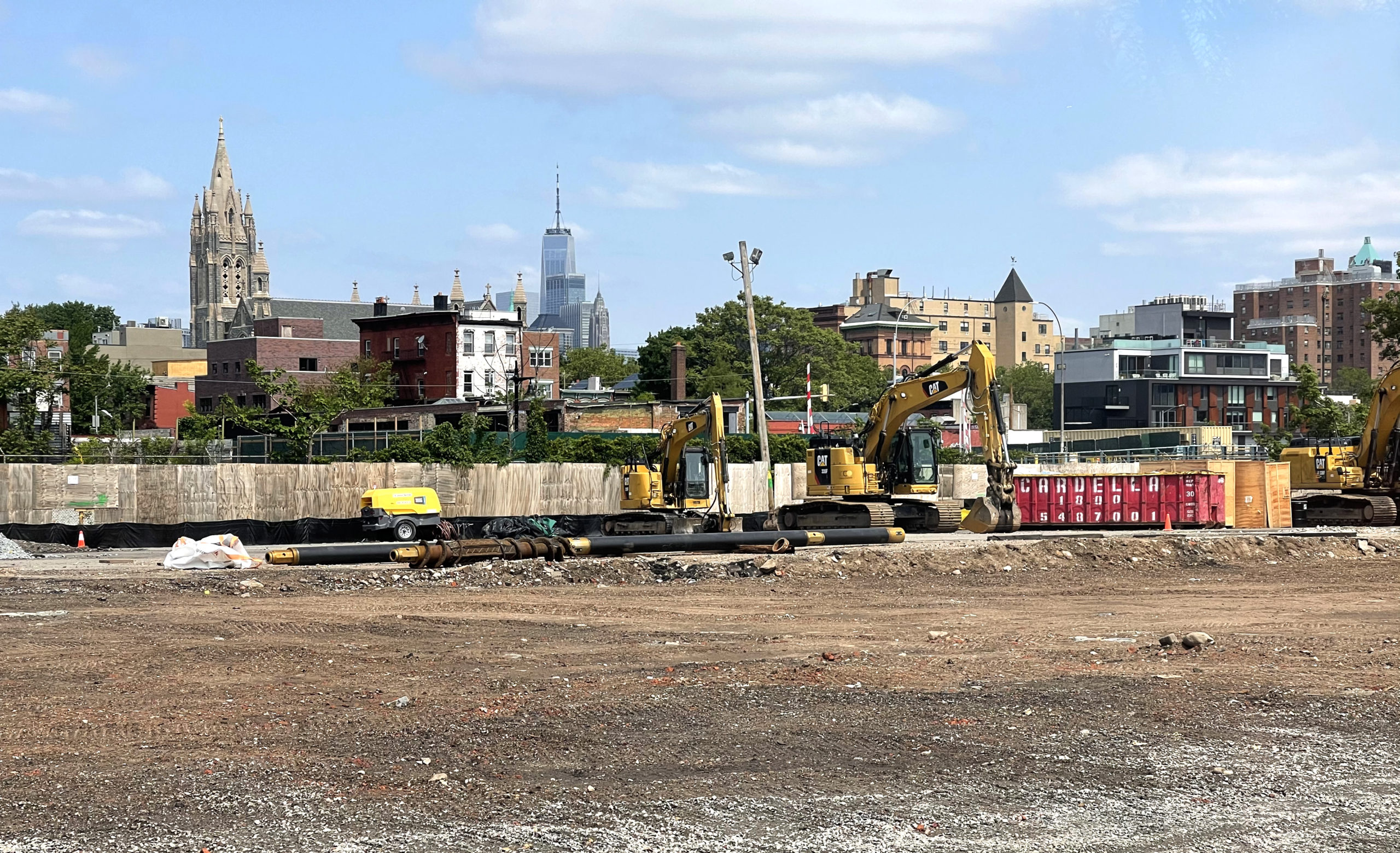
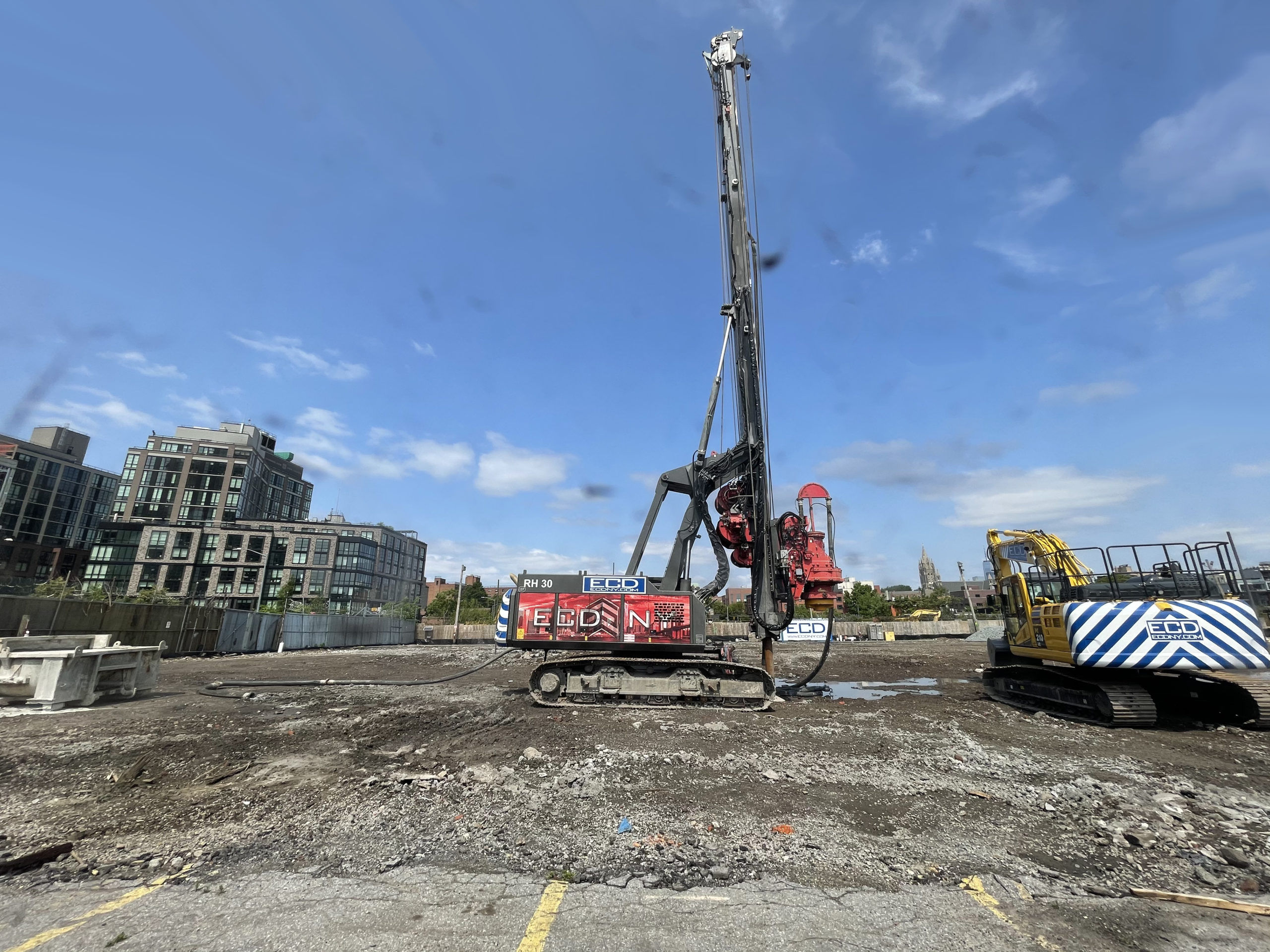
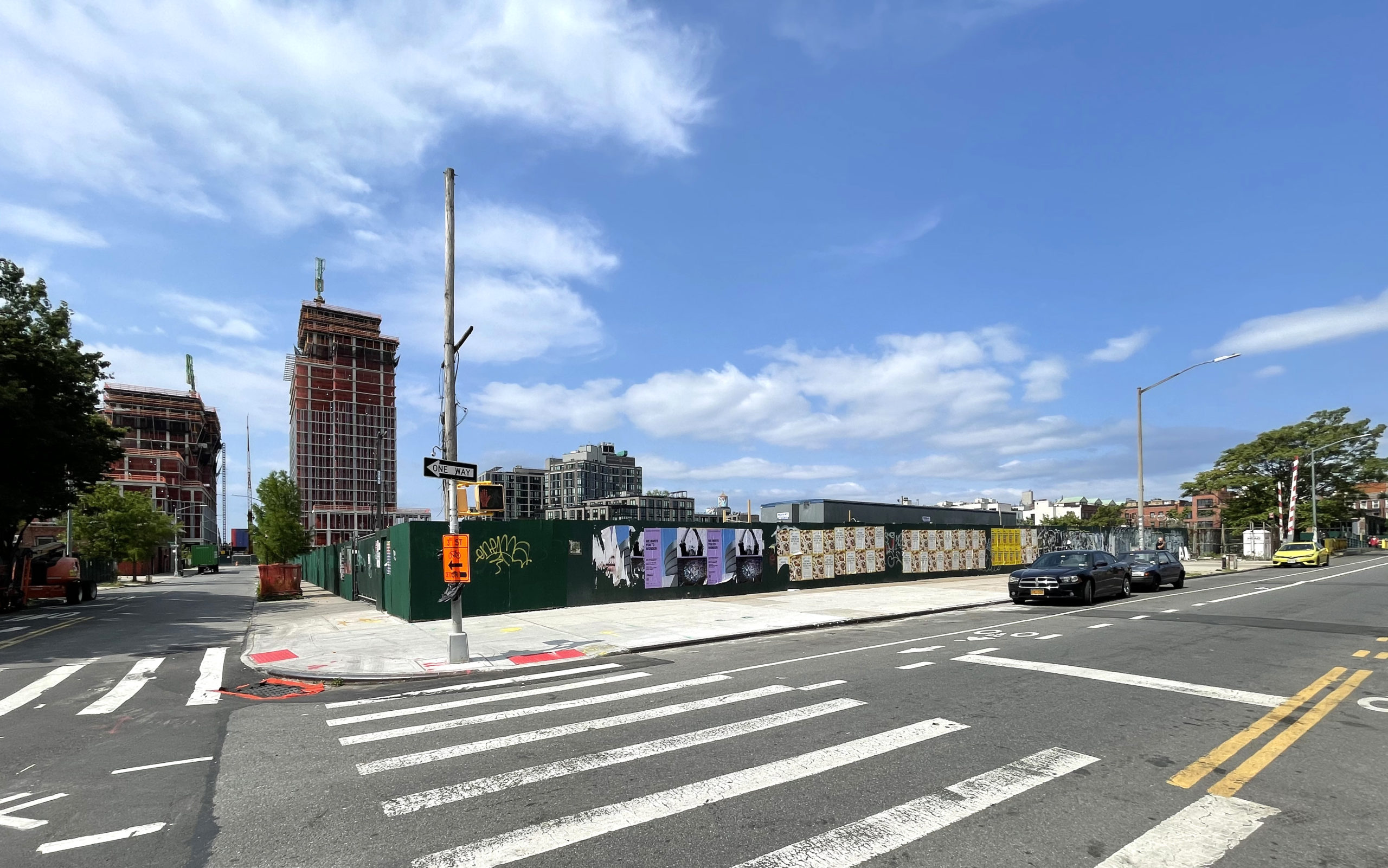

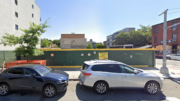



Gorgeous. This area is really filling in… will be incredible to see it evolve even just in a few years.
Wait like five years and this place will really transform like Greenpoint or LIC.
Glad to see a real comment from a real person unlike Guesser below. Idk why he keeps repeating the same stuff
Scott Preston,
because I feel like it and I’m a real person. Feel free to write a real comment or response to my post instead of a personal comment about me.
Got it Scott?
Unlike you Scott,
I’m actually providing true information about the disastrous Gowanus rezoning by DeBlasio and Brad Lander our former Councilperson and current controller.
hmmm, I wonder what kind of affordable, affordable for middle income?
no affordable housing for middle income , only INCOME LINKED HOUSING for upper middle income and upper income people at 130% AMI
so its another Atlantic yards/pacific park development, majority for 130 AMI and up, and this is how they fix the affordable housing crisis?
Gowanus 101
What’s Happening in Gowanus?
The Canal
The Gowanus Canal Was Designated a “Superfund Site”
For over a century, the banks of the Gowanus Canal were line with industry and manufacturing companies, which released their toxic waste into the canal water as well into the ground. In 2010, the federal government identified the Gowanus Canal as one of the most toxic waterways in the entire country. It’s filled with toxins that pose serious public health risks. As a result, it was designated a “Superfund” site, and in 2020, the Environmental Protection Agency began a $1.5 billion cleanup of the canal.
The Land
The Gowanus Neighborhood Has Been Rezoned
In 2021, 82 blocks in Gowanus were changed from mainly industrial use to allowing residential development. The existing industrial buildings being demolished in the neighborhood will soon be replaced by dozens of apartment towers reaching up to 30 stories tall.
Most of the Rezoned Land is Highly Toxic
The vast majority of development sites in Gowanus (see map, below) are filled with cancer-causing toxins due to a century of industrial use, and have been classified by NY State as “Brownfield sites.” Some have toxins as deep as 150 feet.
The Infrastructure
Sewage Frequently Flows Into the Canal
During heavy rains, raw sewage flows into the canal because it exceeds the current sewer system’s capacity. As a result, the EPA has demanded that the City build two enormous “retention” tanks to keep excess sewage from going into the canal.
What’s The Problem?
The Land is Not Being Cleaned Up Fully, Leaving Toxins in the Soil
All of these sites need to be cleaned up before residential buildings can be built. State law requires they be cleaned to “pre-disposal conditions”—as they were before industrial poisoning. However, this is NOT happening. For instance, at some sites, where toxins reach as deep as 150 feet, the State is only calling for developers to clean less than the top 8 feet of contaminated soil.
Toxins Left in the Soil Can Enter Buildings And Threaten Future Residents’ Health
The State itself acknowledges that when certain toxins (“volatile organic compounds” or VOCs) are left in the soil, they can “move into buildings and affect the indoor air quality.”
Rather than remove them entirely, the State has decided that on the development sites, these toxins will be covered, or “capped,” with a slab of concrete. This method of dealing with toxic land, known as creating a “vapor intrusion barrier,” is very risky, and is so unreliable that these sites must be monitored every year, in perpetuity, to ensure that dangerous vapors haven’t penetrated people’s residences.
The Most Deeply-Affordable Housing Is Planned for the Most Seriously Toxic Site
Some of the worst contamination can be found at “Public Place,” a City-owned plot at the corner of Smith and Fifth Streets which for decades housed a manufactured gas plant that created waste known as “coal tar.” Exposure to coal tar has been linked to a variety of cancers. Coal tar at this site has been found to a depth of 150 feet.
The cleanup proposed for this site is woefully inadequate, and only the top 8 feet of soil will be cleaned. It is also the only site in the entire rezone where 100% of the 950 apartments target lower incomes, including units for unhoused individuals and seniors. A school has also been proposed for this site.
Placing the lowest-income residents in danger in this way raises Environmental Justice concerns.
Toxins Are Not Confined To Their Original Sites and Threaten the Health of Existing and Future Residents
Large “plumes” of migrating carcinogenic coal tar have already been found far from their original site in Gowanus, and with flooding and rising groundwater levels from climate change, these and other carcinogens can wind up underneath existing homes and intrude into them.
Fumes from the Toxic Construction Sites Pose a Danger to the Community
The disturbance of the land at these toxic construction sites has caused air monitors to be set off by toxic fumes reaching dangerously high levels, with the community not notified and only discovered after kids in the neighboring playground smelled it and reported it to our electeds.
The Gowanus Canal will be Re-Contaminated With Toxins
Without a full cleanup, toxins from the sites surrounding the canal will seep right back into the canal and re-contaminate it, thereby not only wasting $1.5 billion in taxpayer dollars, but also returning the canal to its dangerously toxic state.
Sewage Retention Tanks Are Not Being Built, and Sewage will continue to flow into the canal—and into our homes
The City is not following the EPA’s timeline to build the required retention tanks, and at this point says that they won’t be complete until after 2030. And the retention tanks are only meant to deal with the current number of residents in the community; they don’t take into account the additional sewage that will be produced by 20,000 planned future residents.
Without the required retention tanks, and given increases in rainfall as a result of climate change, sewage will (and has) backed up into people’s homes.
NY Post
State environmental officials waited nearly two years to alert the public that cancer-causing vapors over 20 times the amount considered safe escaped from polluted soil along the Gowanus Canal — and into a nearby shuffleboard club.
The Department of Environmental Conservation learned of the alarming levels of toxic vapors in March 2021 while conducting air-quality tests inside Royal Palms Shuffleboard Club — but the hipster haven remained open throughout, since the agency deemed the century-old building was “safe.”
The agency only documented the stunning finding late last year in public records buried on its website.
On Friday, DEC spokeswoman Haley Viccaro admitted to The Post that it could have done a better job alerting locals to the looming health hazard, and “are evaluating potential improvements to enhance this process and ensure this information is clear and informative of these comprehensive, science-based efforts to protect public health.”
he revelations only came to light thanks to the grassroots group Voice of Gowanus, which hired an Ithaca, N.Y.-based environmental database firm, Toxics Targeting, that recently discovered the damning DEC documents.
The records showed March 2021 air levels of the cancer-causing chemical trichloroethylene, an industrial solvent, were nearly 22 times above acceptable levels at the shuffleboard club.
“The DEC in 2021 should’ve put up signs in the club, published public notices in local papers, and sent mail alerts to people in the neighborhood,” said Walter Hang, who heads Toxics Targeting. “All they did was make obscure references in dense technical documents regular citizens wouldn’t know about or can’t decipher.”
I like those arched windows and the overall height of the tallest buildings. Wilbur be interesting to see once these get up in the air
try proof reading your comments before posting
Wilbur?
Will be
my bad
I got seriously ill and causing me to away from development, and I think regaining consciousness on me is coming back. Site for a four-building residential project with my returning look, there were photos and renderings in bricks are beautiful of floor-to-ceiling windows with arched frames: Thanks to Michael Young.